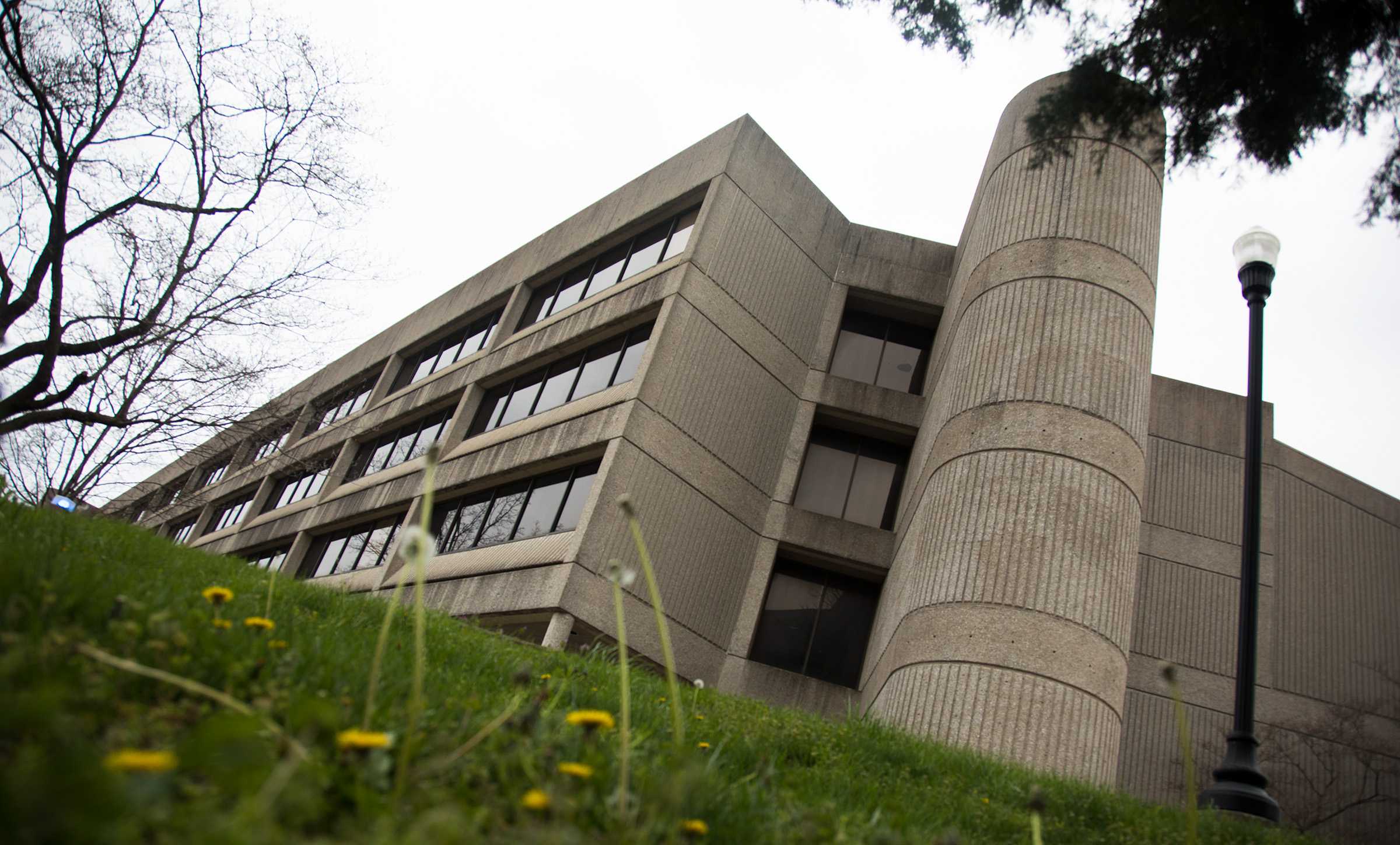WKU likes to emphasize it’s neocolonial brick architecture, where occupants of buildings like McLean and Gary Ransdell halls can live out fantasies of a sanitized antebellum South. But my favorite building on campus isn’t one of those mock plantation home clones, but rather the hulking concrete giant known as Ivan Wilson Center for Fine Arts, or affectionately, FAC.
FAC is oft derided, the butt of many a joke regarding its apparent brutality. Many have compared it to a Soviet apartment complex or a prison. I fondly remember an Instagram post wherein a student took a picture of a parking garage and captioned it “I love FAC.”
But I have an uncommon love for the cumbersome building.
First, it’s an undeniably massive structure. Situated halfway up the Hill among the libraries and the Colonnade, the four story mass demands one’s attention, unlike the newer buildings along Normal Drive that could easily pass as McMansions.
The gravelly concrete that composes its exterior is distinctly visible when viewing the Hill from a mile or so to the south. It’s a welcomingly aggressive presence among the mix of soft, unassuming buildings at the top of the Hill.
But, perhaps more strongly, I love that FAC is a living museum of ‘70s architecture. Exposed ventilation in the ceilings of the hallways gives it a painfully trying-to-be-hip vibe that is endearing 40 years down the road, like your mom calling someone “bae.”
Instead of cladding everything with plastic pretending to be more expensive materials, FAC proudly shows off its conglomerate of brick, cinder block and veneered wood that composes its interior. The stairwells are color-coded by floor with large solid blocks of yellow, green and blue demarcating each story.
When considering the architecture of this campus that has, in recent history, been obsessed with construction and renovation, we have to ask ourselves what kind of built environment we want to live in. Do we want an inoffensive series of clones where all the facades are the same dreary brick and fixtures are the same plastic pretending to be high-end?
Or will we welcome buildings that break the mold, buck the trend and lend diversity and flavor to our campus?
I love FAC, and I hope enough of us do so it can avoid renovation or destruction.


